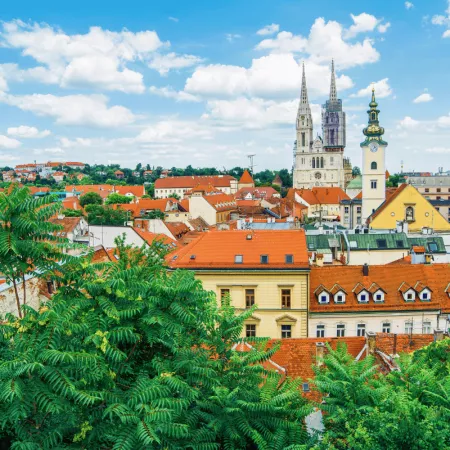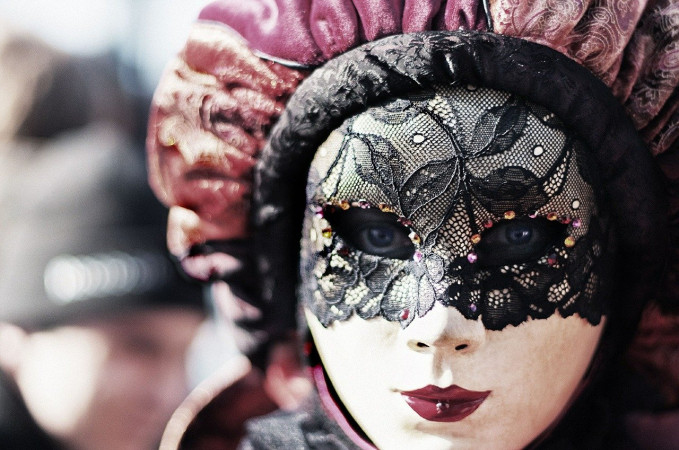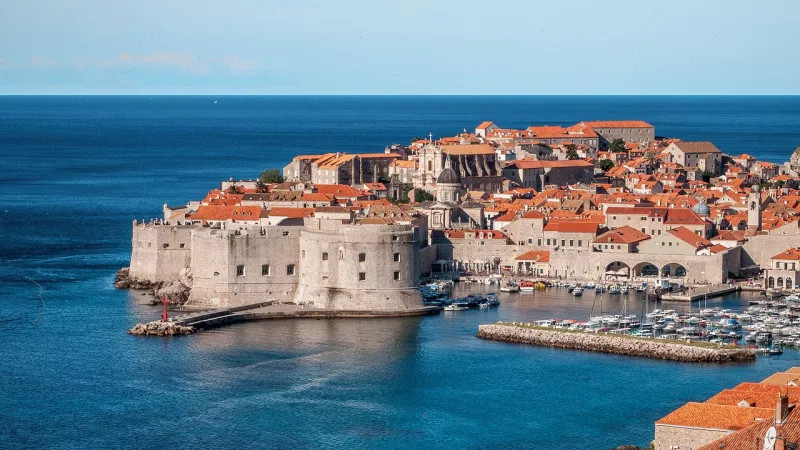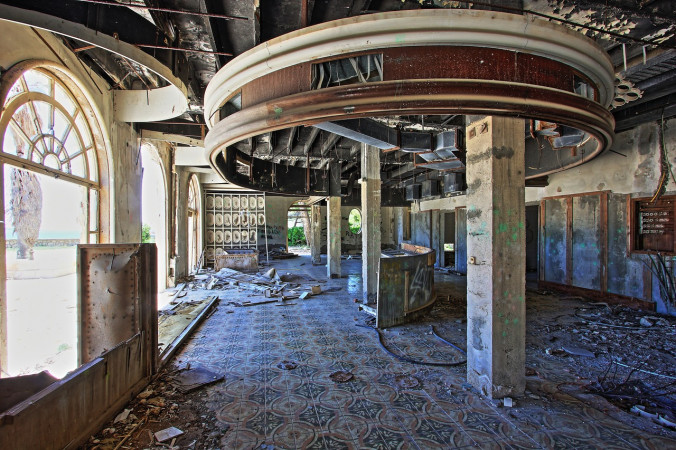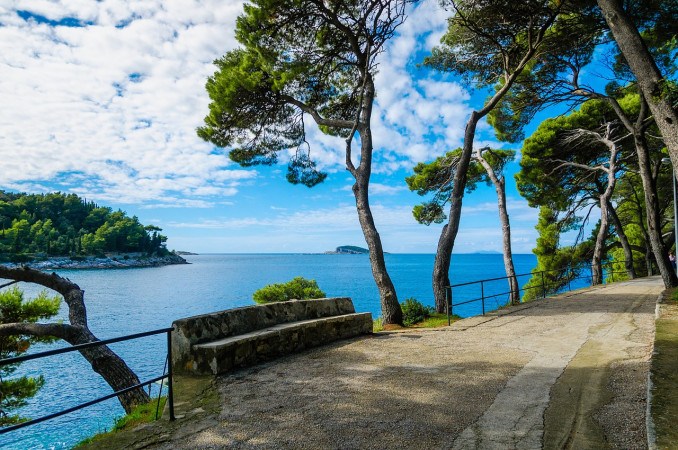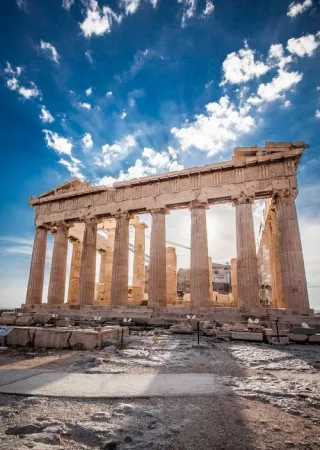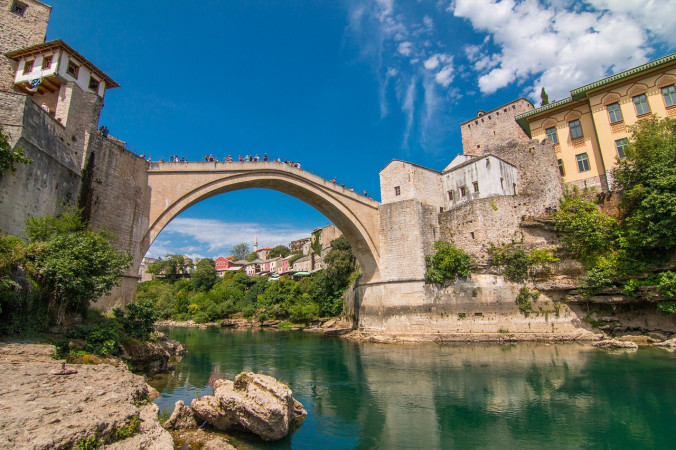Hi User
Navigation
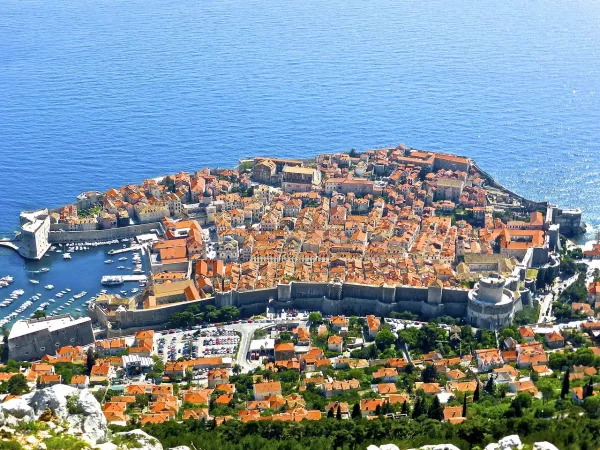
Dubrovnik
Duration
3 to 5 Days
3 to 5 Days
Best time to visit
May-Jun, Sep
May-Jun, Sep
Theme
Heritage, Waterfront, Beaches
Heritage, Waterfront, Beaches
Dubrovnik Travel Guide
Dubrovnik, located on the Adriatic Sea in Croatia, is a city rich in history and culture. Known for its well-preserved medieval walls, stunning architecture, and picturesque coastline, Dubrovnik is a popular destination for tourists seeking a blend of history and natural beauty. The city has a rich history dating back to the 7th century, with influences from various empires including the Byzantine, Venetian, and Ottoman. Dubrovnik is also famous for being a filming location for the popular TV series Game of Thrones.Top Attractions in Dubrovnik
1. Dubrovnik City Walls 2. Stradun 3. Lokrum Island 4. Dubrovnik Cathedral 5. Sponza PalaceDubrovnik is Famous for
Its well-preserved medieval walls and stunning architecture.Top Attractions in Dubrovnik
- Walking the city walls - Exploring Lokrum Island - Visiting the Rector's Palace - Relaxing at Banje Beach - Taking a cable car ride to Mount SrdWhat's Great about Travelling to Dubrovnik?
- Rich history and culture - Beautiful coastline - Game of Thrones filming locationsWhat's Not So Great about Travelling Dubrovnik?
- Crowded during peak tourist season - Expensive compared to other destinations - Limited public transportation optionsTravel Tips for Dubrovnik
- Check visa requirements before traveling - Use public transportation or taxis for getting around - Be cautious of pickpockets in crowded areas - Stay hydrated and wear sunscreen during hot summer monthsImportant Dubrovnik trip information
- Ideal Duration: 3-4 days to explore the city and nearby attractions.
- Best Time to Visit: The best time to visit Dubrovnik is during the spring or fall to avoid the crowds and enjoy pleasant weather.
- Nearby Airports and Railway Stations: Dubrovnik Airport is the main airport serving the city, while the main railway station is located in Split, about 3 hours away by train.
Popular Dubrovnik Tour Packages From:
Budget Dubrovnik Tour Packages Under:
Help & Support
Call Us Now
+91-8069145442
16 days & 15 nights
4.3 (400)
15N/16D Balkan Tour Package
2D Balkan • 2D Bulgaria • 2D Dubrovnik • 2D Romania • 2D Serbia • 6D Venice
Tour package by TripClap
Verified Trustseal
INR 1,39,906 /Adult
6 days & 5 nights
5 (40)
Amazing Croatia
3D Dubrovnik-Neretva • 3D Split-Dalmacija
Tour package by THETRIPCART.IN
Verified
INR 59,988 SAVE INR 11,998
INR 47,990 /Adult
6 days & 5 nights
4.3 (400)
5N/6D Balkan Tour Package
1D Bosnia and Herzegovina • 1D Dubrovnik-Neretva • 1D Kotoriba • 3D Zagreb
Tour package by TripClap
Verified Trustseal
INR 1,13,906 /Adult
7 days & 6 nights
4.3 (400)
6N/7D Vienna & Croatia Tour Package
0D Bosnia and Herzegovina • 0D Dubrovnik • 0D Greece • 0D Kastoria • 0D Kotoriba • 0D Maribor • 0D Ohrid • 0D Struga • 0D Tirana • 0D Vienna • 7D Zagreb
Tour package by TripClap
Verified Trustseal
INR 115,896 SAVE INR 23,179
INR 92,717 /Adult
10 days & 9 nights
9N/10D Luxurious Balkan & Greece Tour Package
1D Athens • 1D Balkan • 1D Bosnia and Herzegovina • 1D Croatia (Hrvatska) • 1D Dubrovnik-Neretva • 1D Macedonia • 1D Montenegro • 3D Zagreb
Tour package by FlyRath
Verified
INR 2,34,786 /Adult
13 days & 12 nights
4.3 (400)
12N/13D Balkan Tour Package
2D Athens • 2D Balkan • 2D Dubrovnik • 2D Greece • 5D Romania
Tour package by TripClap
Verified Trustseal
INR 2,63,540 /Adult
FAQ's on Dubrovnik
Q1: What is the best time to visit Dubrovnik?
The best time to visit Dubrovnik is during the shoulder seasons of spring (April to May) and fall (September to October) when the weather is pleasant, and the crowds are thinner. Summer (June to August) is the peak tourist season with hot temperatures and crowded attractions. Winter (November to March) is quieter but some attractions may have reduced hours. Consider visiting during the Dubrovnik Summer Festival in July and August for cultural events and performances.
Q2: Do I need a visa to travel to Dubrovnik?
Travelers from many countries, including the EU, the USA, Canada, Australia, and New Zealand, do not need a visa for short stays in Croatia, which includes Dubrovnik. However, it is advisable to check the specific visa requirements based on your nationality and the duration of your stay.
Q3: What are the must-visit attractions in Dubrovnik?
Dubrovnik is famous for its well-preserved Old Town, a UNESCO World Heritage site. Must-visit attractions include the ancient city walls, Stradun (the main street), Rector's Palace, Dubrovnik Cathedral, and Sponza Palace. Take a cable car ride to Mount Srd for panoramic views of the city and explore the nearby Lokrum Island. Enjoy the crystal-clear waters at Banje Beach and visit the nearby Elaphiti Islands for a day trip.
Q4: Is Dubrovnik a safe place to travel?
Dubrovnik is generally considered safe for tourists. However, like any other destination, it is advisable to take normal precautions against petty theft and be aware of your surroundings, especially in crowded areas. Avoid isolated areas at night and be cautious of pickpockets in touristy places. The city has a low crime rate, and the locals are friendly and welcoming.
Q5: What is the local currency in Dubrovnik and can I use credit cards?
The local currency in Dubrovnik is the Croatian Kuna (HRK). While credit cards are widely accepted in hotels, restaurants, and larger stores, it is recommended to carry some cash for smaller establishments and local markets. ATMs are available throughout the city for easy currency exchange. Check with your bank about international transaction fees before using your credit card.
Q6: What is the local cuisine like in Dubrovnik?
Dubrovnik offers a delicious blend of Mediterranean and Croatian cuisine. Try local specialties like seafood risotto, grilled fish, black risotto (made with cuttlefish ink), and peka (slow-cooked meat and vegetables). Sample traditional desserts like rozata (similar to flan) and fritule (small doughnuts). Don't miss out on tasting Dingač wine, a famous red wine from the Pelješac Peninsula. Vegetarians can enjoy dishes like soparnik (Swiss chard pie) and octopus salad.
Q7: What transportation options are available in Dubrovnik?
Dubrovnik offers various transportation options, including buses, taxis, and car rentals. The local bus system is efficient and affordable for getting around the city and nearby areas. Taxis are available but can be more expensive. Renting a car is ideal for exploring the Dubrovnik region and neighboring attractions at your own pace. Ferries and boats operate from the city's port for island-hopping adventures to nearby destinations like Lokrum, Korčula, and Mljet.
Q8: Are there any cultural norms or etiquette I should be aware of when visiting Dubrovnik?
When visiting Dubrovnik, it is important to respect the local customs and traditions. Dress modestly when visiting churches and religious sites. Greet people with a handshake and maintain eye contact during conversations. Tipping is appreciated but not mandatory in restaurants (5-10% of the bill is customary). Avoid discussing politics and sensitive topics unless initiated by locals. When dining, wait to be seated and avoid starting a meal before the host says "dobar tek" (bon appétit). Remember to say "hvala" (thank you) and "molim" (please) as a sign of politeness.
Q9: I am a travel agent. How can I buy travel leads of Dubrovnik?
Register yourself as a travel agent at agents.tripclap.com and then you can buy travel leads to Dubrovnik once your account is approved. For more details contact our support team at +91-8069186564 or support@tripclap.com
Certified
We accept (more)
Members of
Media Recognition
Trusted Partners
Award
Copyrights © TripClap. All Rights Reserved

